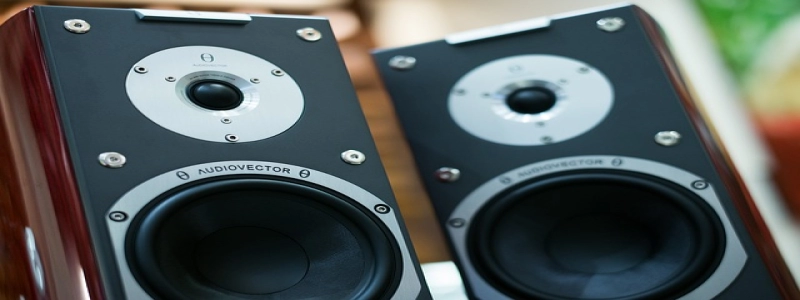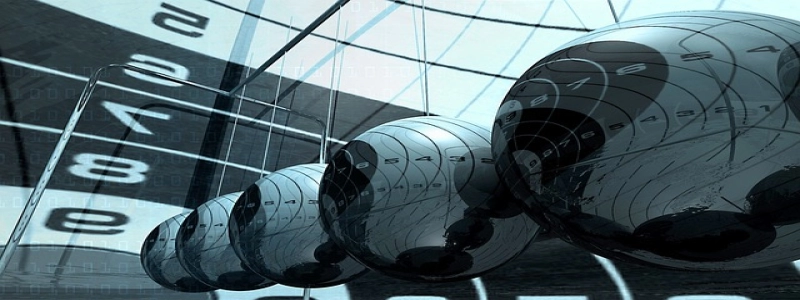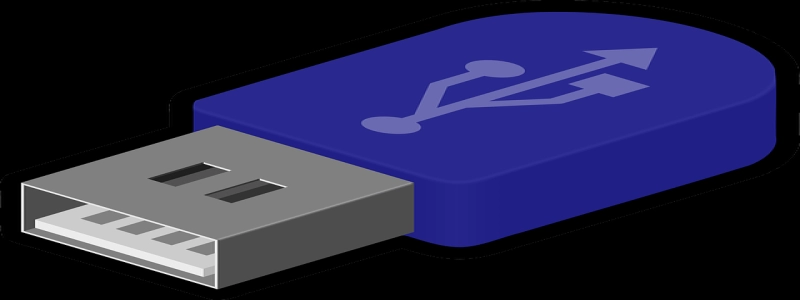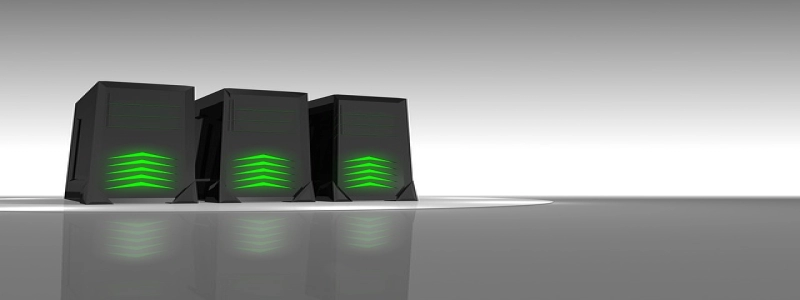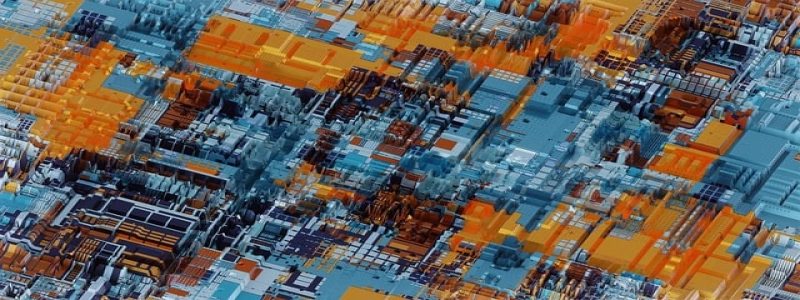What is Transceiver
Uvod:
In the field of telecommunications, a transceiver plays a crucial role in transmitting and receiving signals. This compact device combines both transmitter and receiver functions, making it an integral part of various communication systems. In this article, we will delve into the detailed explanation of what a transceiver is and how it functions.
1. Definition:
A transceiver, short for \”transmitter-receiver,\” is an electronic device that enables the transmission and reception of signals over a communication channel. It is commonly used in telecommunications, wireless networks, and computer networking.
2. Components:
A transceiver consists of several key components, including:
2.1. Transmitter: The transmitter component within a transceiver is responsible for converting electrical signals into electromagnetic waves or light signals, depending on the transmission medium. It amplifies and modulates the signals before transmitting them.
2.2. Receiver: On the other hand, the receiver component receives the transmitted signals and converts them back into electrical signals. It amplifies and demodulates the received signals for interpretation and further processing.
2.3. Antenna or Optical Fiber: Depending on the communication medium, a transceiver may also incorporate an antenna (for wireless communication) or an optical fiber interface (for fiber optic communication), which provides the physical connection to the transmission medium.
2.4. Control and Interface Circuitry: A transceiver includes control circuitry that manages the operation of the transmitter, receiver, and other components. It also includes interface circuitry to connect with the communication system, such as a computer or network equipment.
3. Functionality:
The primary function of a transceiver is to enable bidirectional communication by combining the transmitter and receiver functions. Here’s a detailed explanation:
3.1. Transmission: When data or information needs to be sent, the transceiver’s transmitter converts the electrical signals into a suitable format for transmission. It amplifies the signals and modulates them with a carrier wave before transmitting them through the appropriate medium.
3.2. Reception: On the receiving end, the transceiver’s receiver component captures the transmitted signals using the antenna or fiber optic interface. It amplifies the weak signals and demodulates them to recover the original data or information encoded during transmission.
4. Applications:
Transceivers are widely used in various communication systems. Some notable applications include:
4.1. Wireless Communication: Transceivers are essential components in wireless communication systems like mobile phones, radios, and Wi-Fi devices. They enable the transmission and reception of signals without the need for physical cables.
4.2. Networking: In computer networking, transceivers are commonly used in devices like routers, stikala, and network interface cards. They facilitate the exchange of data between different network nodes.
4.3. Fiber Optic Communication: Transceivers are integral to fiber optic communication systems, where they convert electrical signals to light signals for transmission through optical fibers. These transceivers are often referred to as optical transceivers.
Zaključek:
In conclusion, a transceiver is a critical component in modern communication systems. It combines the functions of a transmitter and receiver and enables the bidirectional transmission and reception of signals. Whether it’s wireless communication, networking, or fiber optic communication, transceivers play a vital role in connecting the world.
